Homemade lavender kombucha – brew kombucha at home and flavor it with lavender for an herby, floral delicious flavor!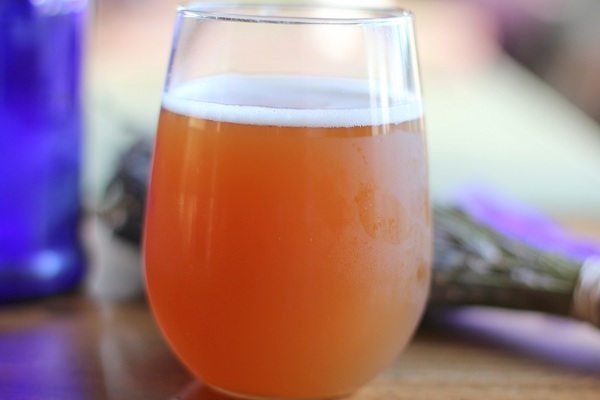
Note: I published a cookbook called Delicious Probiotic Drinks that includes everything you need to know about brewing kombucha at home, as well as delicious ways of flavoring it.
Probiotics are delightful creatures that help keep your digestive system functioning properly, and thereby promote a healthy immune system.
Kombucha is a natural bubbly beverage with an abundance of probiotics. Its origins have been traced to Asia.
From there, kombucha was brought to Russia and then to Germany and the rest of Europe.
It is brewed using tea and sugar through a fermentation process that requires a symbiotic culture of bacteria and yeast (SCOBY).
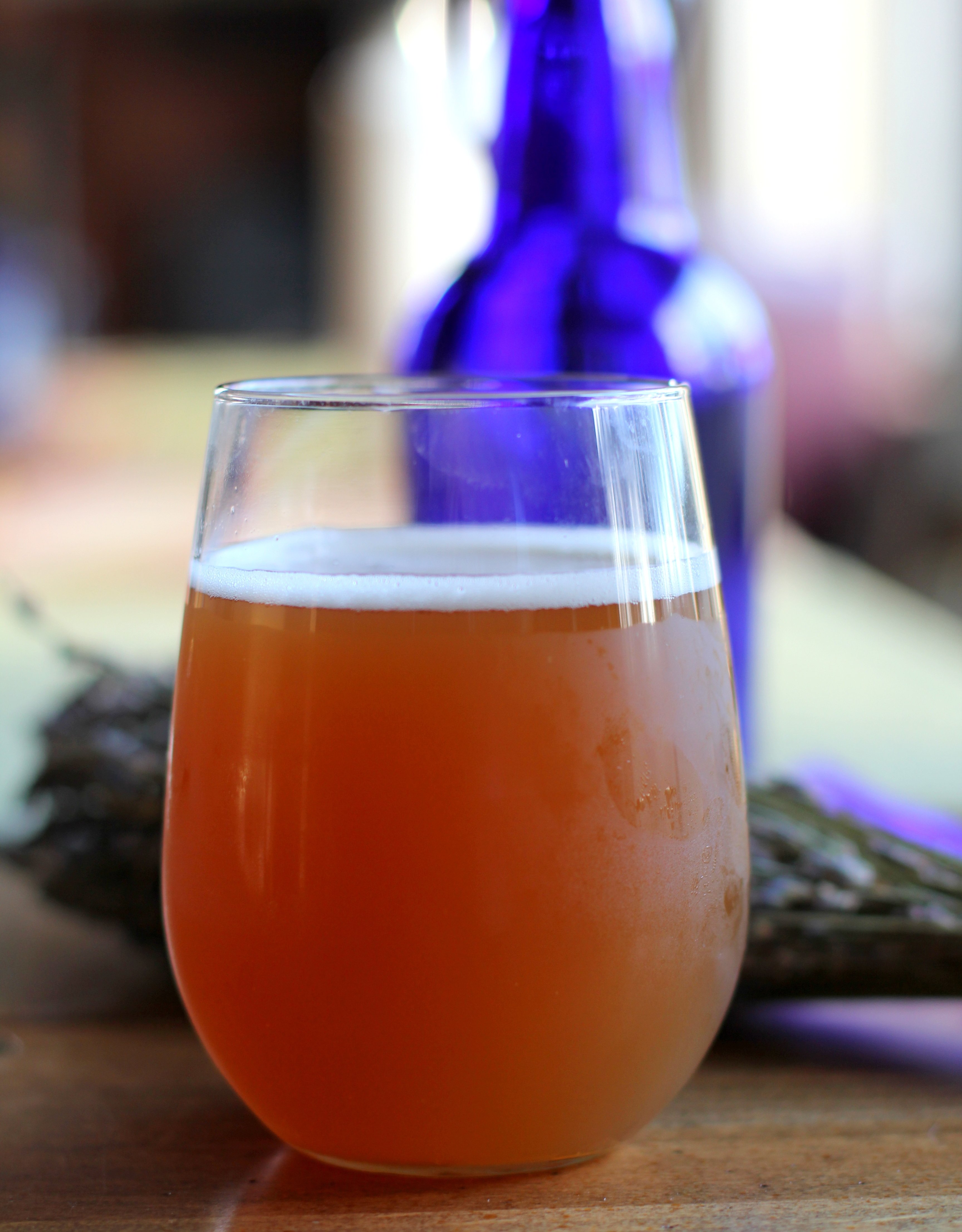
Kombucha can help achieve digestive balance, boost your energy level, detox the liver, and possibly help maintain a healthy weight.
For almost a year, my boyfriend and I have been brewing kombucha at home. We have made all sorts of flavors by adding 100% juices, dried fruit and more recently, lavender buds. Remember from my Lavender Chocolate Chip Cookies post?
Lavender has great health benefits, such as eliciting relaxation and helping ease insomnia, calming headaches and relieving indigestion. Put kombucha and lavender together and you achieve an all around healthful elixir.
If you made a resolution about health this year, you would not be alone. Whether you are looking to drop the weight you collected during the holidays, exercise more, or add vegetables to your diet, you have company. My opinion is that balance is very important; kombucha is one component that helps to create balance, as it works wonders for your overall health and thereby your state of mind.
If brewing kombucha at home is not your thing, no biggy. If I were to encourage any health habit it would be to get probiotics into your life regularly through natural foods such as store-bought kombucha, yogurt, kefir, or other fermented foods such as sauerkraut.
How to Make Lavender Kombucha:
I posted a tutorial on How to Make Homemade Kombucha back in May, so simply follow the steps in my earlier post prior to following this recipe.
You’ll need to start with 2 gallons of already prepared kombucha. Scale the recipe up or down as needed. From there, the instructions in this recipe are to flavor the kombucha and to put it through a secondary fermentation.
Brewing kombucha at home can be risky, and drinking kombucha is not for everyone. I encourage you to use caution when brewing kombucha and to pay attention to the way your body feels after drinking it.
If you are new to home-brewing, please respond to this post or email me with questions.
Enjoy this homemade probiotic drink!

Homemade Lavender Kombucha
Ingredients
- 2 gallons homemade kombucha
- 1 cup dried lavender buds
- 8 Black Tea bags
- 1 and 1/4 cups granulated sugar
- 1 gallon water
Instructions
- In a large pot, heat a gallon of water until boiling.
- Romove pot from the heat, add the black teabags and lavender buds.
- Allow the tea to steep 12 minutes then remove the teabags, but leave the lavender buds in.
- Add the sugar and stir to dissolve
- Allow tea to cool to room temperature.
- When cool, Carefully pour already prepared homemade kombucha into the pot with the lavender tea.
- Follow the normal steps you take to store your kombucha, leaving the lavender buds in the kombucha (you’ll be straining the buds out when you’re ready to drink the kombucha). I bottle my kombucha, so from here, I pour the lavender kombucha into a pitcher and then pour from the pitcher into the bottles.
- Do you want your kombucha to go through a secondary fermentation? If no, then simply refrigerate your lavender kombucha and strain the kombucha before drinking.
- If you would like to put the kombucha through a secondary fermentation, store the bottles (or whatever vessel it’s stored in) in a warm, dark room and leave for 3 days. This will allow the probiotics to process the newly added sugar. After the secondary fermentation is complete, refrigerate it and strain the lavender buds out when you’re ready to drink it.
Notes
Nutrition
This post contains affiliate links, which means I make a small commission off items you purchase at no additional cost to you.



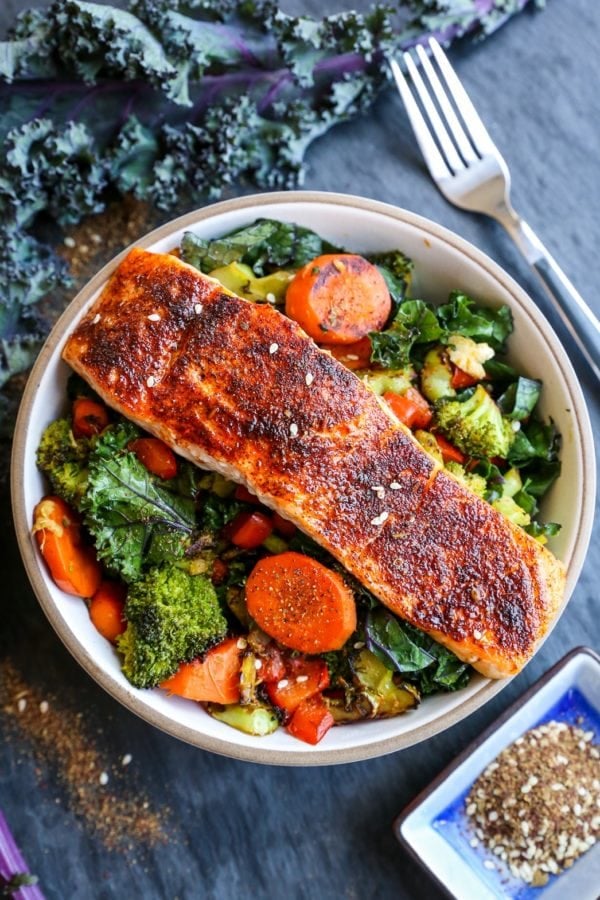
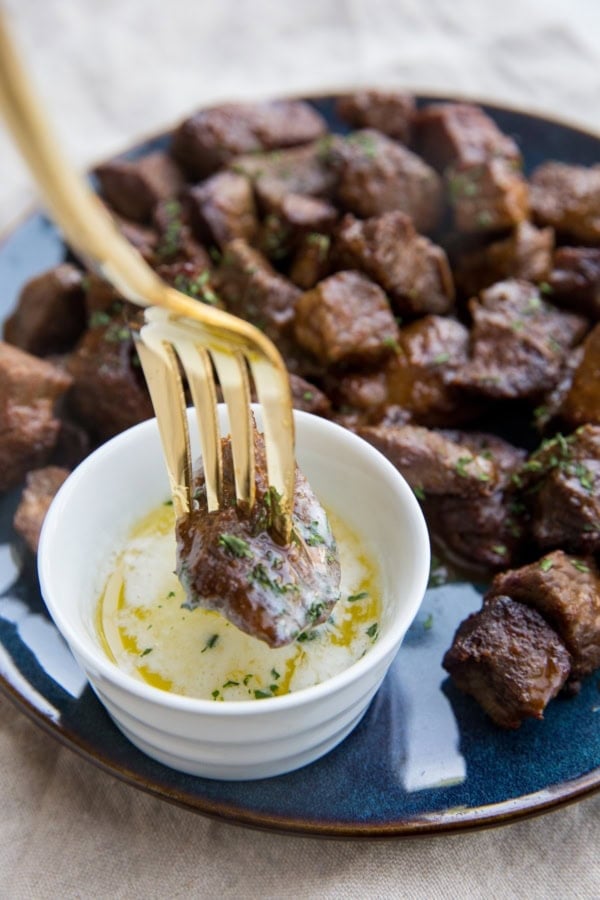









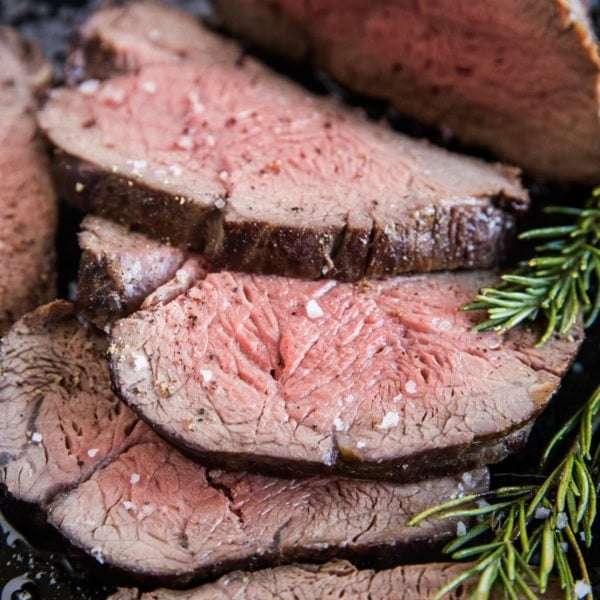

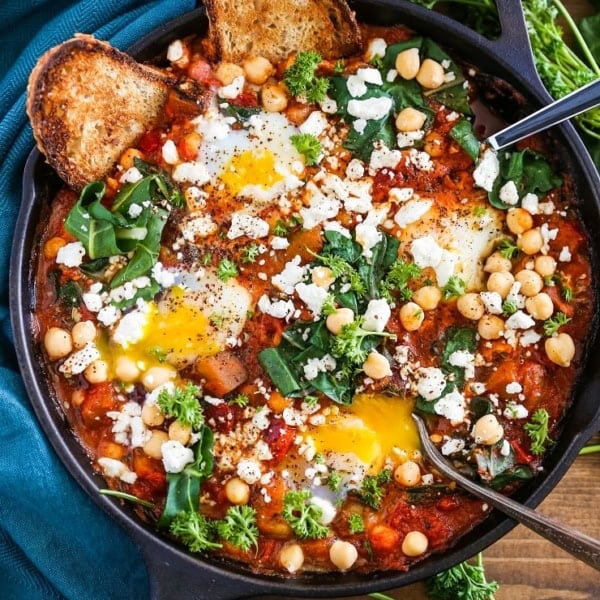
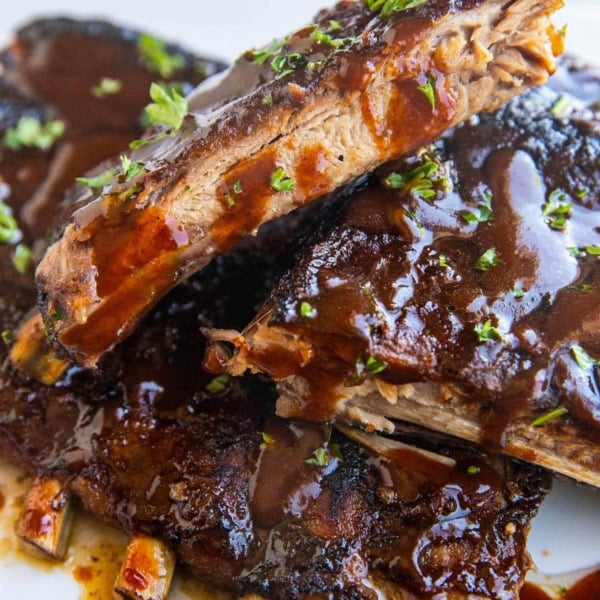


My scoby is about 1.5 inches thick. I have never separated it and have probably used the same one for over a year should I separate it or start something new what should I do. My kombucha is starting to taste kind of vinegary
Hi Shelley! If it were me, I would probably halve the SCOBY. While it is great to have a large culture of bacteria and yeast, at a certain point they start competing for resources. For the sake of keeping a strong, healthy culture, it’s great to eliminate some of the population from time to time. Hope that helps!! xoxo 😀